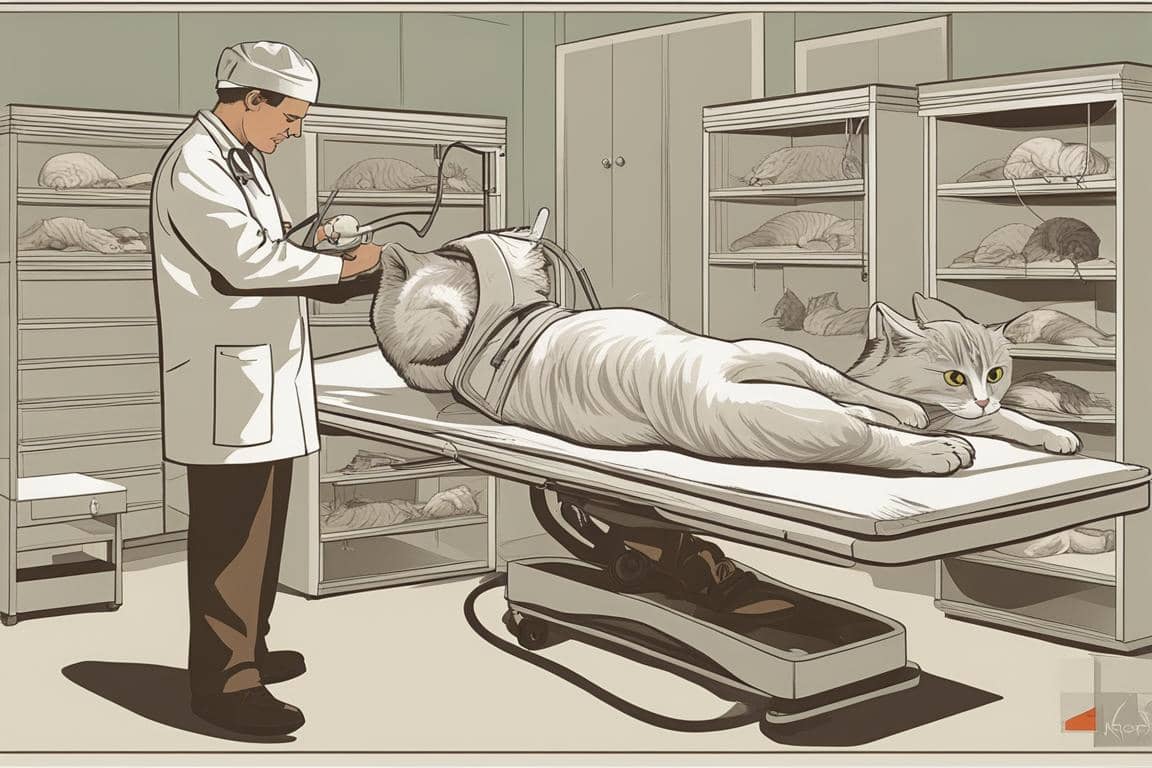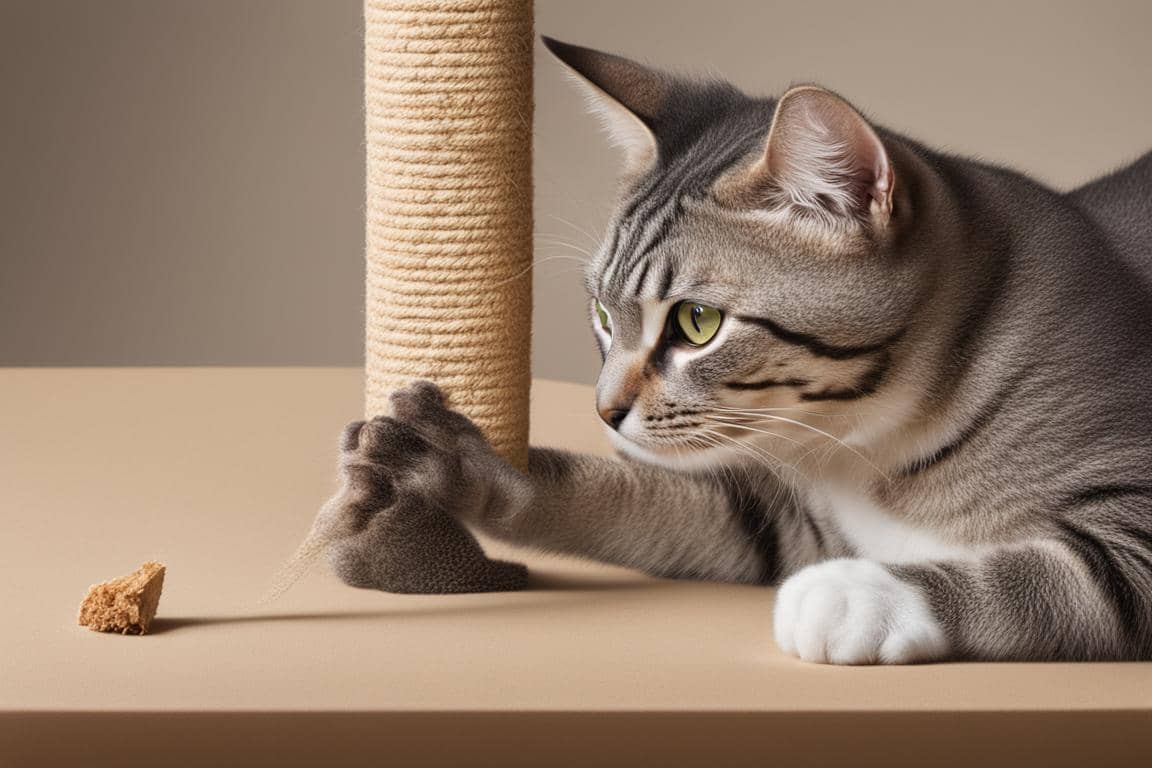Cat Declawing
In the contentious world of feline care, few topics stir as much fervor and polarized opinion as the debate over cat declawing. Far from being a triviality, declawing represents a surgical intervention that can fundamentally alter a cat’s life, for better or worse. Having navigated this dilemma personally, and after extensive conversations with veterinarians and fellow cat owners, my stance leans fervently against this practice for reasons that will soon become clear.
What You Need to Know About Cat Declawing
By reading this article, you will learn:
– What declawing is and why cats scratch.
– Alternatives to declawing, risks involved, and the cost of the procedure.
– How to care for your cat after declawing.
What is Declawing?

Declawing isn’t akin to a mani-pedi. It is the amputation of a cat’s toe bones, not merely the removal of the nail. It’s akin to cutting off a human’s finger at the last knuckle. I learned this stark reality through an encounter with a vet who was as candid as they come, and the revelation was as shocking as it was disheartening. The procedure, known as onychectomy, involves the removal of the last bone of each toe from which the claw grows, and it’s as invasive as it sounds.
Insider Tip: If a vet suggests declawing as a first resort, seek a second opinion. Ethical practitioners will consider it only as a last resort, after all other avenues have been exhausted.
Research, such as the study published in the Journal of Feline Medicine and Surgery, consistently shows that declawing can lead to long-term pain and behavioral problems in cats.
Why Do Cats Scratch?

Scratching is to a cat what conversation is to humans – a basic form of expression and a fundamental need. Cats scratch to mark territory, stretch their muscles, and maintain claw health. It’s an innate behavior, deeply rooted in their biology and psychology.
Through personal observation, I’ve noted that cats often scratch more when nervous or excited. They’re not being destructive; they’re communicating and self-soothing. When we adopted our rescue cat, it scratched incessantly until we introduced dedicated scratching posts and pheromone diffusers to ease its anxiety.
Insider Tip: Invest in various scratching posts and place them around your home. Cats prefer different textures and orientations some like sisal, others cardboard, vertical or horizontal. It’s a trial and error process worth the effort.
Understanding this behavior is crucial. It’s not a spiteful act against your favorite couch; it’s a cat being a cat.
What are the Alternatives to Declawing?

The alternatives to declawing are as varied as they are effective. They range from physical deterrents to behavioral training. Soft Paws, for instance, are vinyl nail caps that can be glued to a cat’s claws to prevent damage to furniture. They’re like little claw-gloves, and in my experience, most cats adjust to them quite well.
Behavioral training, while requiring patience and consistency, can also be incredibly effective. Clicker training, for example, can redirect scratching to acceptable surfaces. I’ve seen firsthand how positive reinforcement can transform behavior without the need to resort to surgical means.
Insider Tip: Regularly trimming your cat’s claws can significantly reduce damage to furniture. Make it a bonding experience and reward your cat with treats and cuddles afterward.
For more on cat care and understanding feline behavior, visit PetPawwy’s cat care section.
Personal Story: The Impact of Alternative Solutions
As a cat owner, I was initially considering declawing my cat, Whiskers, due to her destructive scratching behavior. However, after researching and consulting with a veterinarian, I learned about the negative effects of declawing and the available alternatives. I decided to try using scratching posts and nail caps instead.
The Positive Outcome
After introducing these alternatives, Whiskers gradually shifted her scratching behavior away from furniture and towards the scratching posts. With consistent training and positive reinforcement, she now rarely scratches furniture. This experience made me realize the effectiveness of alternative solutions and the importance of understanding a cat’s natural behavior.
A Lesson Learned
Through this experience, I learned that with patience and the right alternatives, it’s possible to address scratching issues without resorting to declawing. This not only preserved the well-being of my cat but also strengthened our bond.
What are the Risks of Declawing?

Declawing carries risks that extend beyond the immediate postoperative complications. Cats may experience chronic pain, which can lead to behavioral changes such as increased aggression or avoidance of the litter box due to paw sensitivity.
A study published by the National Center for Biotechnology Information highlights the potential for long-term complications following declawing. Furthermore, declawed cats are defenseless if they ever find themselves outside facing a threat.
Insider Tip: Always ask your vet about the potential long-term behavioral and health consequences of declawing before considering the procedure.
Understanding these risks led me to vow never to declaw any cat under my care. The ethos of “do no harm” should extend to our pets as well.
What is the Cost of Declawing?

The cost of declawing can be substantial, not just financially but also ethically and emotionally. Financially, it varies widely depending on location, veterinary practice, and the method used but can range from $100 to $500. That’s a hefty price for a procedure that many experts condemn.
Insider Tip: Before considering declawing, calculate the total potential costs, including any follow-up care or behavioral therapy that may be required due to complications.
For more on managing pet care expenses, check out PetPawwy’s tips at low-cost veterinary clinic options.
How Do I Care for My Cat After Declawing?

If declawing is ultimately decided upon a conclusion I hope most will avoid postoperative care is vital. Cats will require pain management, a quiet space to recover, and a litter box with paper or pellet litter to prevent litter from sticking to their wounds.
During my tenure at an animal shelter, I witnessed declawed cats needing special accommodations and extensive pain management. It’s a route that’s as demanding as it is heart-wrenching.
Insider Tip: Ensure you have the time and resources to provide intensive care for your cat after declawing. Recovery can be a slow and uncomfortable process for your pet.
For more insights into postoperative care, visit PetPawwy’s pet care advice.
In conclusion, the narrative around cat declawing is fraught with misinformation and convenience-driven motives. It’s a procedure that, in my opinion, should be relegated to the history books of veterinary practice. Cats deserve our compassion and protection, and there are far more humane ways to manage their natural behaviors than by resorting to such an extreme surgical intervention.
As we advance in our understanding of animal welfare and ethics, let us be guided by the principle of kindness over convenience. Let’s provide our feline companions with the care and respect they deserve, ensuring their physical and psychological well-being remains intact. After all, when we adopt a pet, we’re not just bringing an animal into our homes; we’re welcoming a new member into our family.
Answers To Common Questions
Who can perform cat declawing near me?
Veterinarians in your area can perform cat declawing.
What is involved in the process of cat declawing?
Cat declawing involves the surgical removal of the claws.
How long does it take for a cat to recover from declawing?
Recovery time for cat declawing can vary, but it typically takes 2-6 weeks.
Is declawing a cat a cruel procedure?
While some people object to declawing as it can cause pain, others believe it’s necessary for certain situations. It’s important to discuss the procedure thoroughly with a veterinarian.




Leave a Reply